25 cultures that practiced human sacrifice
Human sacrifices
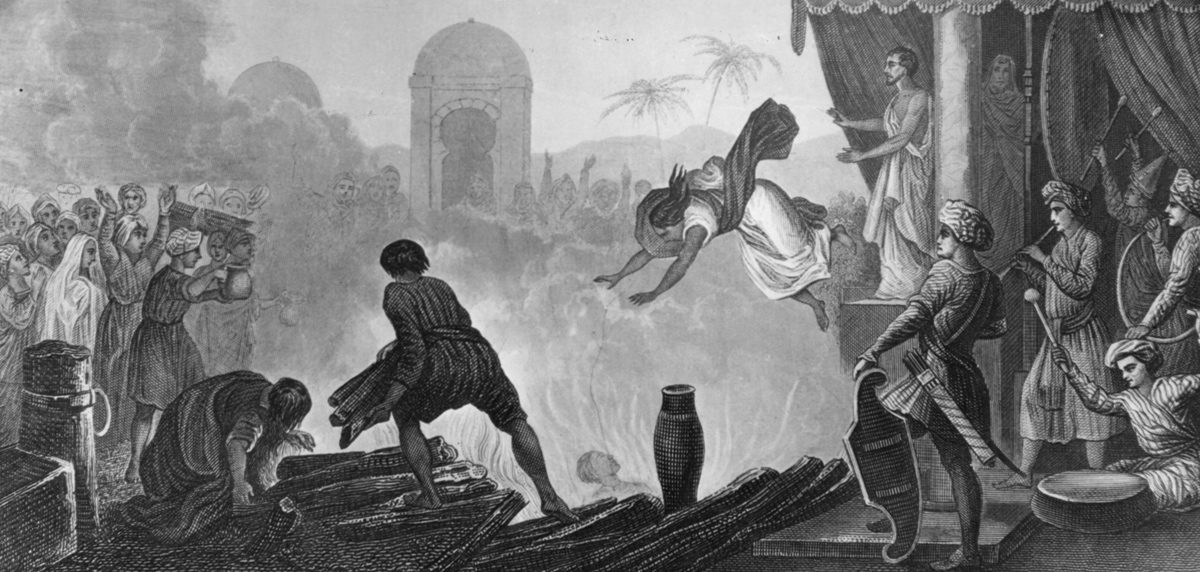
From prehistory to the 21st century, human sacrifice has been practiced around the world by numerous cultures. Live Science takes a look at 25 cultures that practiced, or still practice, human sacrifice.
China sacrifice
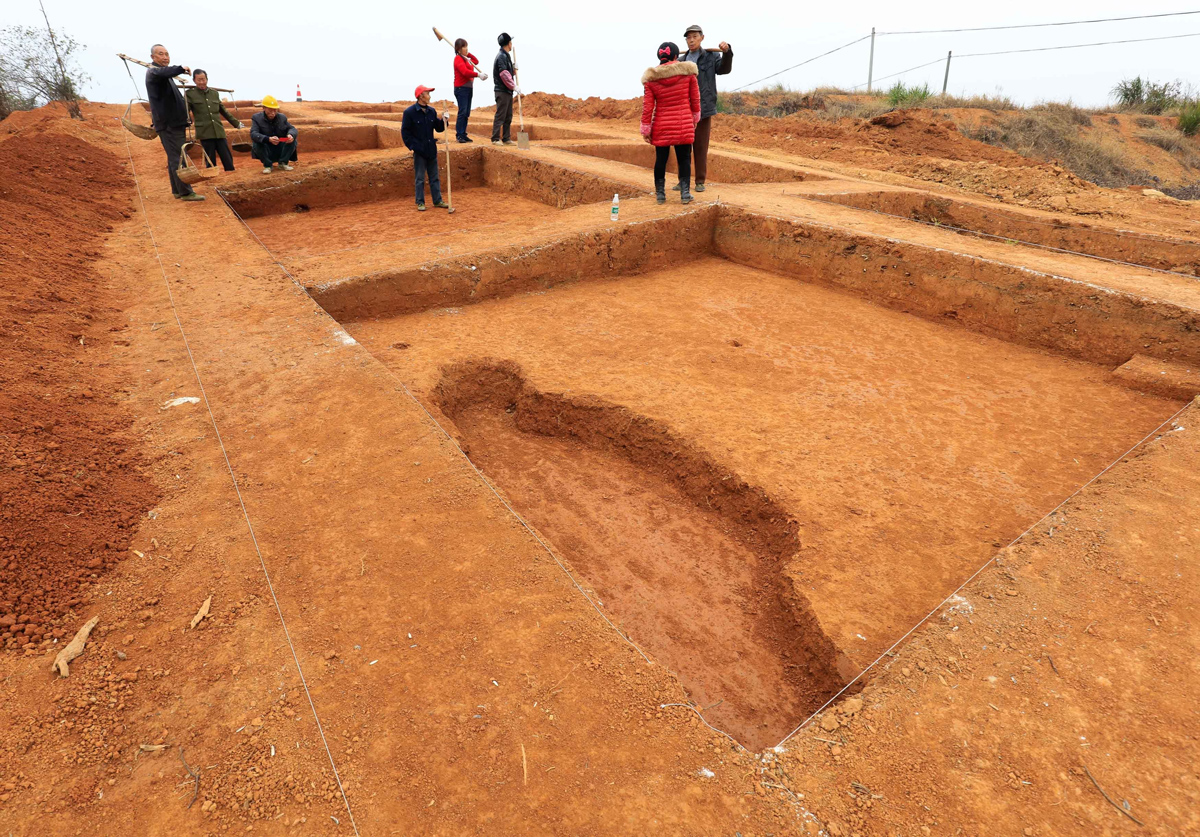
Human sacrifice was practiced in China for thousands of years. At a 4,000-year-old cemetery near modern-day Mogou village in northwestern China, archaeologists found hundreds of tombs, some of which held human sacrifices. One sacrificed victim was around 13 years old. Archaeologists have also found thousands of human sacrifices at Shang Dynasty (1600 – 1040 B.C.) sites in the modern-day city of Anyang.
The practice of human sacrifice seems to have stopped or become very rare by the time China was unified in 221 B.C. by Qin Shi Huang, the first emperor of China. The first emperor's Terracotta army, made up of thousands of life-size clay warriors, allowed him to take an army with him to the afterlife without sacrificing real-life warriors.
City of Ur
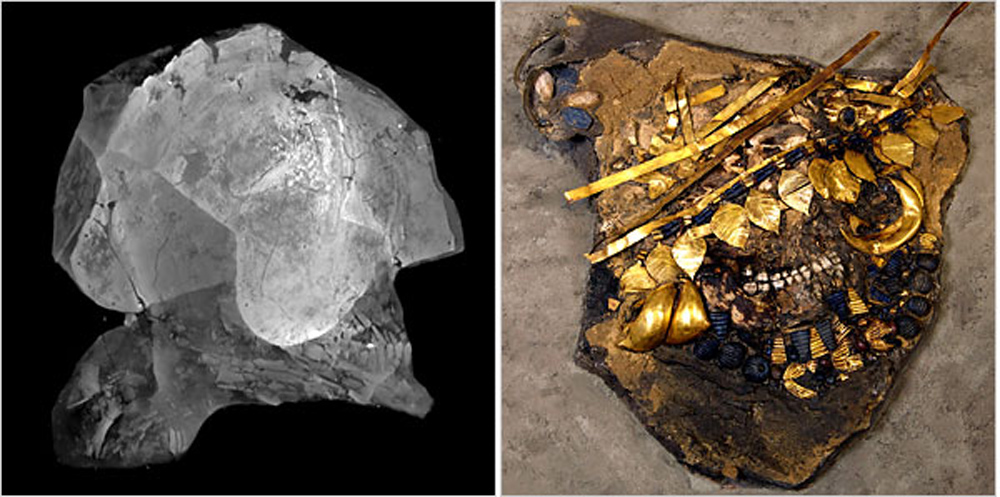
The Great Death Pit at the ancient city of Ur, in modern-day Iraq, contains the remains of 68 women and six men, many of which appear to have been sacrificed. Dating back about 4,600 years, a variety of fantastic treasures, including a statuette known as the Ram in the Thicket, which is made of silver, shell, gold, lapis lazuli and carnelian, were found in the death pit. Archaeologists believe that the pit was used to bury Ur's rulers.
Mound 72
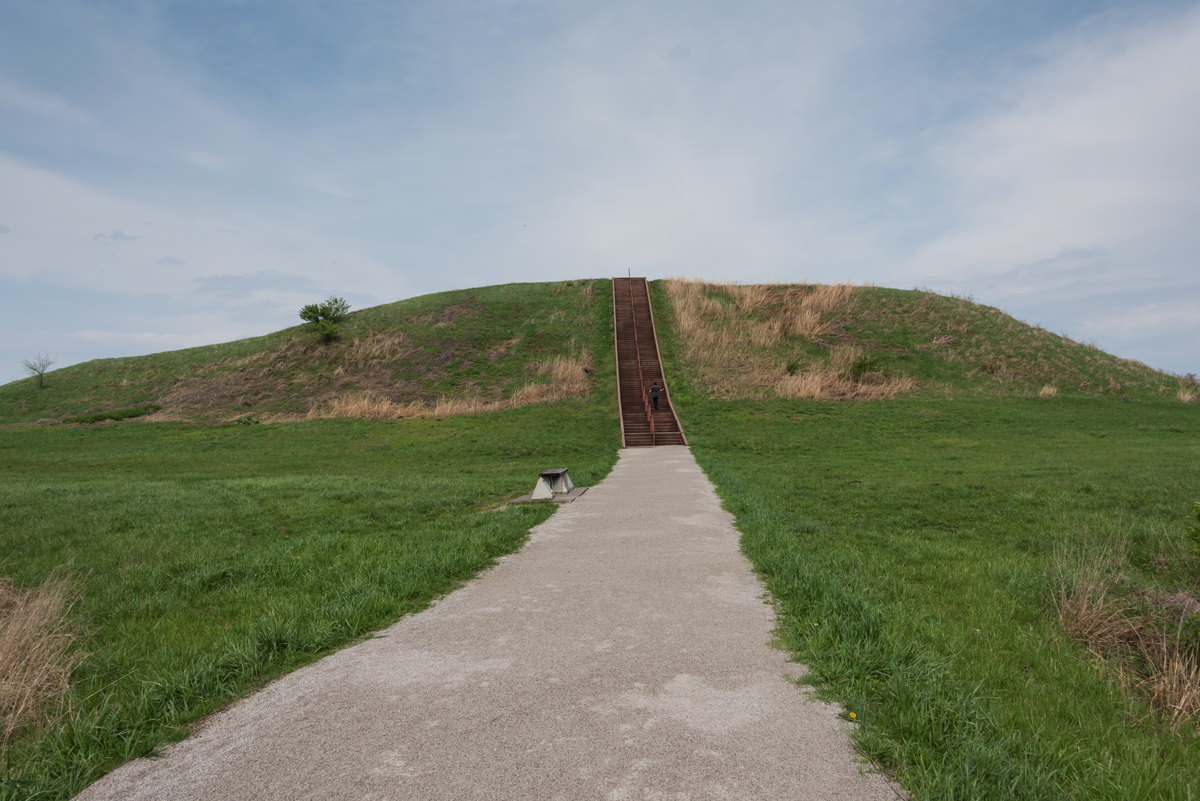
A 10-foot (3 meters) mound called Mound 72 by modern-day archaeologists holds the remains of 272 people, many of them sacrificed. It is located at Cahokia, a city located near modern-day St. Louis that flourished from A.D. 1050 to 1200.
The archaeology of the mound is complex, but it appears as if people were sacrificed gradually in a series of episodes. In one episode, 52 malnourished women ages 18 to 23, along with a woman in her 30s, were sacrificed at the same time. In another episode, it appears that 39 men and women were clubbed to death. The mound also holds the remains of two individuals who were buried with 20,000 shell beads. It's possible that some or all of the sacrifices were dedicated to the two individuals.
Inca child mummies
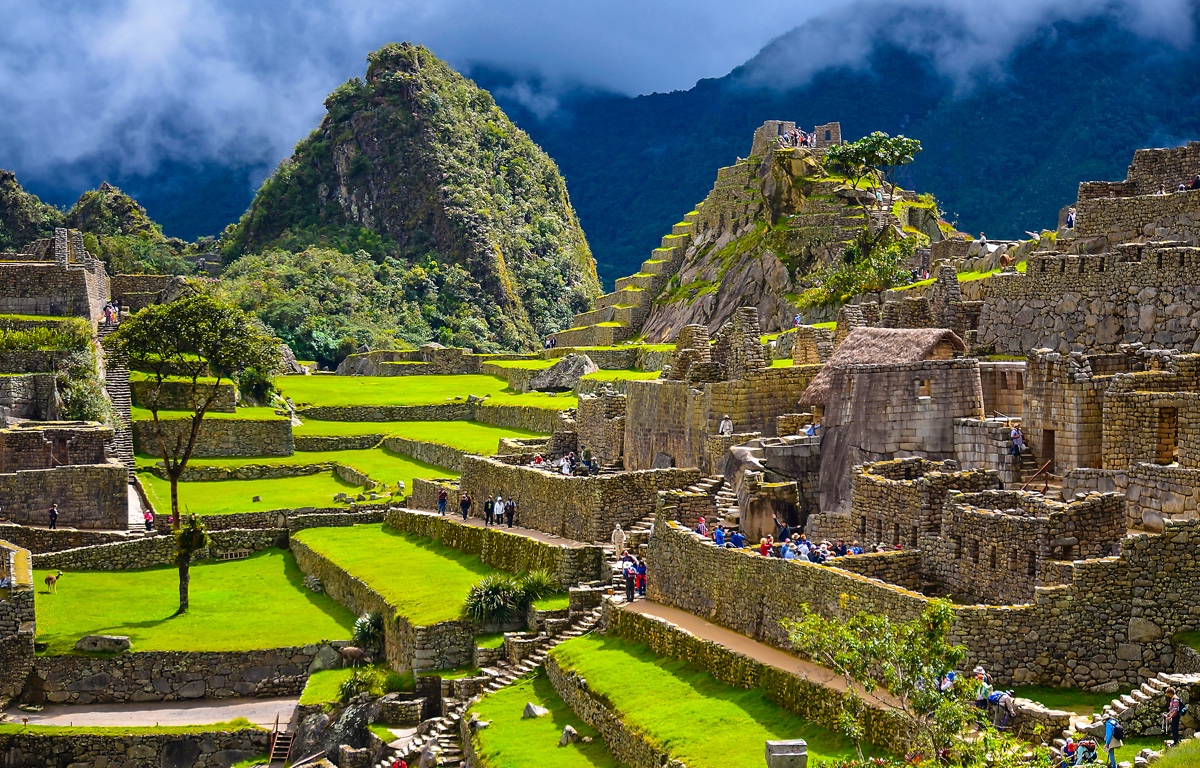
The Inca flourished during the 15th ccentury A.D., conquering large swaths of territory in the Andes and connecting it with a vast system of roads. The Inca also practiced child sacrifice; their mummies have been found by archaeologists, often near the summit of mountains or volcanoes.
In one famous example, three child mummies were found near the remains of a shrine at Mount Llullaillaco — a 22,100-foot-tall (6,740 meters) active volcano on the border of Chile and Argentina. Researchers found that in the year before they died they were "fattened up" with a diet of maize and dried llama meat; and before their death, they were given maize beer and coca leaves. How exactly they were killed is unknown.
Maya sacrifice
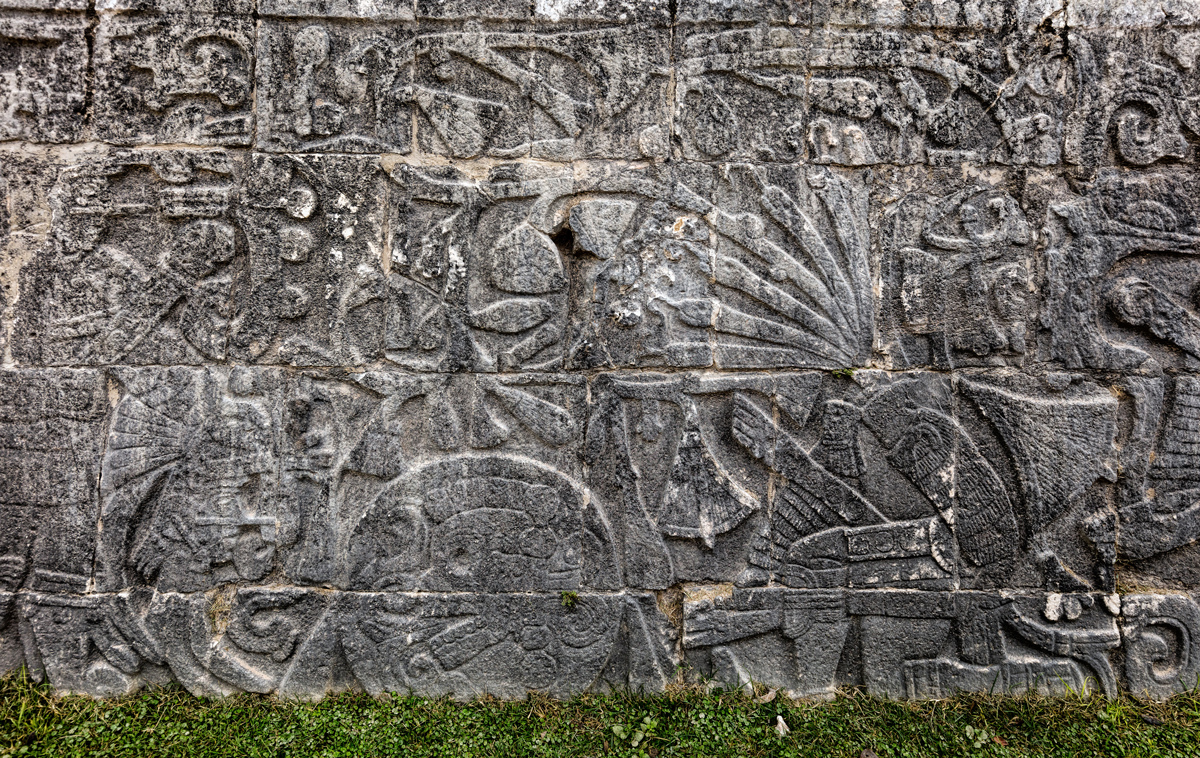
The ancient Maya practiced human sacrifice on special occasions. These sacrifices were sometimes conducted in their temples, and many of the victims may have been prisoners of war. At the ancient city of Chichen Itza, victims were painted blue, in honor of the rain god Chaak, before being sacrificed and thrown into a well.
Some archaeologists believe that Maya ball games would, on rare occasions, end with members of the losing or winning team being sacrificed. Evidence for these sacrifices is mainly found in depictions of Maya art, and not all archaeologists interpret the images as representing the sacrifice of a ball team.
Ancient Israel
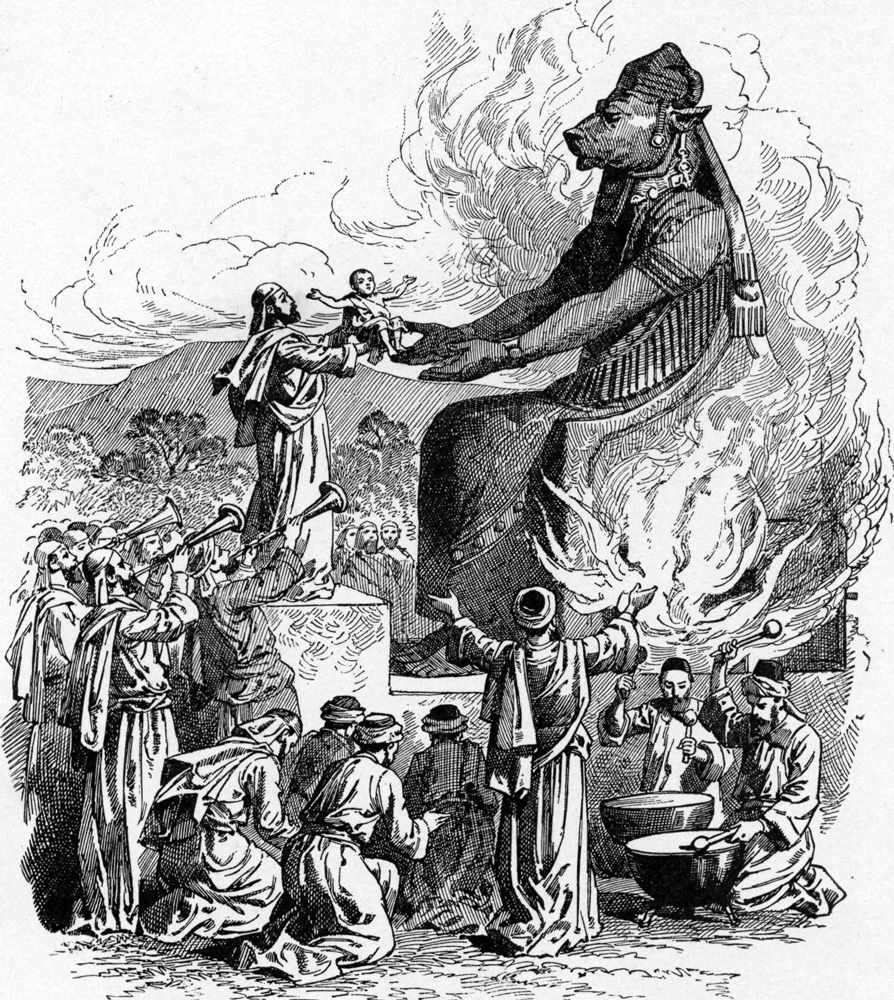
The Hebrew Bible mentions human sacrifice being carried out by Israelites several times; however, researchers do not agree on how often the practice occurred or whether it took place at all. Perhaps the most famous biblical story is that of Abraham who, in the book of Genesis, was told by God to sacrifice his son Isaac. Before the deed is done, God stops him and tells Abraham that he was only testing him.
Whether the stories in the Hebrew Bible indicate that human sacrifice actually occurred in ancient Israel is a source of debate among researchers. Unless clear archaeological evidence is found it's unlikely that the debate will ever be resolved.
Aztec civilization

The Aztec civilization in Mexico was centered at the ancient city of Tenochtitlán, in what is now Mexico City, and flourished during the 14th and 15th centuries A.D. Artistic, archaeological and textual records indicate that human sacrifices occurred with some regularity at Tenochtitlán, particularly at the Templo Mayor, one of the largest temples in the city, where the remains of Tzompantli (skull racks) have been found.
The Spanish conquered the Aztecs during the 16th century, bringing with them diseases that decimated the population. The Spanish sometimes used the Aztec practice of human sacrifice to try to justify their conquest of the Aztecs.
Ancient Egypt
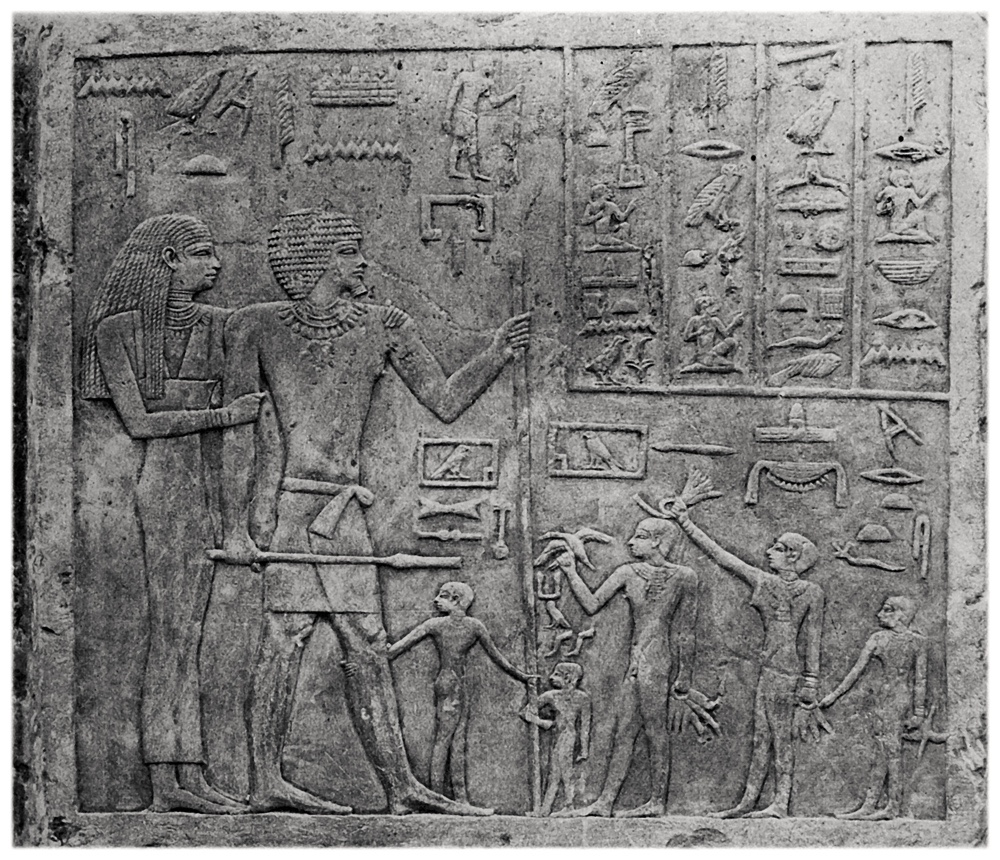
Human sacrifice occurred around 5,000 years ago during Egypt's early history. Human sacrifices have been found by the graves of early pharaohs at Abydos, a city in southern Egypt that served at times as Egypt's capital and was the cult center for Osiris, the god of the underworld. The practice appears to have become less common or completely phased out by the time the Giza pyramids were built around 4,500 years ago.
Stonehenge

The skeleton of a man found buried in a ditch at Stonehenge has been interpreted by Jacqueline McKinley, an osteoarchaeologist with Wessex Archaeology, as a sacrificial victim. The man, who McKinley said was 5 foot 10 inches and had a robust muscular build, was shot repeatedly with arrows. McKinley interprets the location of his burial and nature of his execution as indicating that he was killed as part of a human sacrifice. Her research was featured in 2014 in a Smithsonian channel documentary showing a re-creation of his sacrificial execution.
Stonehenge was constructed between roughly 5,000 and 4,000 years ago, and was part of a sacred landscape that included shrines, burials and additional circles made of stone or wood. Not all archaeologists are convinced that human sacrifice took place at Stonehenge, but future research into the nearby landscape and its burials may help resolve the debate.
Hitobashira
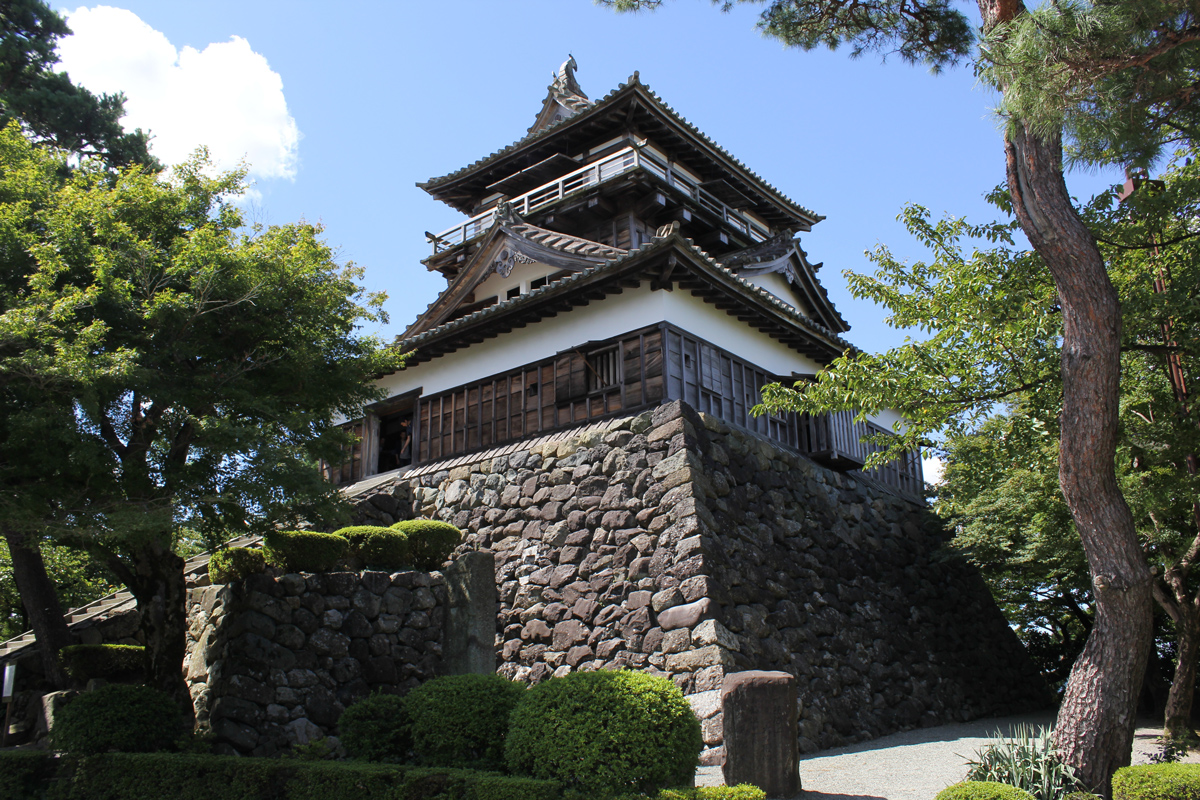
Depending on how the term human sacrifice is defined, the kamikaze pilots who tried to crash their planes into Allied ships during World War II could be defined as human sacrifices. Their planes sometimes had images of cherry blossoms, which historically symbolized a samurai who gave his life for the emperor.
Another examples of human sacrifice can be found in the stories of Hitobashira — human sacrifices found within the walls or floors of important structures like castles. How often this practice occurred and which structures actually had human sacrifices built within them is a matter of debate. According to legend, Maruoka Castle (constructed in 1576) contains the sacrifice of a peasant woman named Oshizu, who agreed to be sacrificed so that her son could become a member of the samurai class.
Sign up for the Live Science daily newsletter now
Get the world’s most fascinating discoveries delivered straight to your inbox.

Owen Jarus is a regular contributor to Live Science who writes about archaeology and humans' past. He has also written for The Independent (UK), The Canadian Press (CP) and The Associated Press (AP), among others. Owen has a bachelor of arts degree from the University of Toronto and a journalism degree from Ryerson University.










